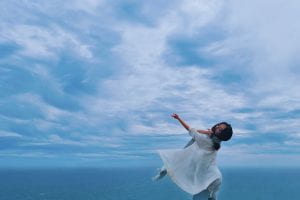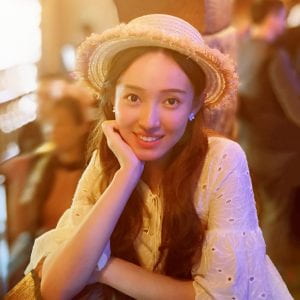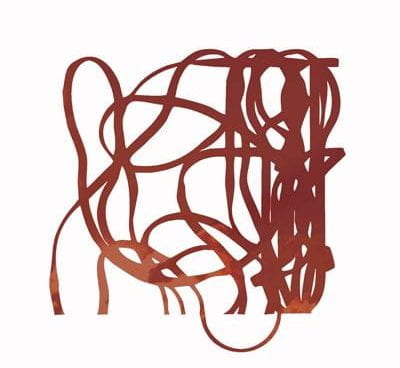
Hello everyone!
My name is Yiyun Li, a dance teacher at Goldsmiths Confucius Institute. I am mainly involved in teaching and research relating to Asian contemporary dance and Chinese folk dance here in the department.
I would like to introduce you to a special way of cross-cultural communication, Asian Contemporary Dance (ACD).
“Contemporary dance is a genre of dance performance that developed during the mid-twentieth century and has since grown to become one of the dominant genres for formally trained dancers throughout the world, with particularly strong popularity in the U.S. and Europe. Although originally informed by and borrowing from classical, modern, and jazz styles, it has since come to incorporate elements from many styles of dance. Due to its technical similarities, it is often perceived to be closely related to modern dance, ballet, and other classical concert dance styles.” – Concordia University Contemporary Dance Program
Asian contemporary dance not only developed from fundamental Western contemporary dance but also combined lots of elements of movement from traditional Asian performance, such as Chinese classical dance, Chinese folk dance, Asian minority and ethnic dance and other forms of movement and performance art in Asia.
Asian contemporary dance aims to improve understanding of Asian philosophies, histories, aesthetics and national characters through body movement. This newborn subject is a bridge linking ancient and contemporary times, Eastern and Western cultures, as well as dancer’s inner minds and physical movement.
The teaching methods of ACD are highly creative and unique compared to traditional movement courses in which students learn movement by only imitating and repeating. The following are the three major differences.
The first one is in the warm-up part. We warm-up by improvisational dance (free movement), in which students can be both physically and mentally awaken by naturally scanning their body. Then the sense of body-mind connection would come up, that is able to provoke dance’s imagination and creativity, in order to break the existing physical movement restrictions which might be formed by dancer’s previous training, and lead us to explore more movement possibilities.
“I learned about the body as an object of scientific study and then trained in a movement form that privileged listening to and moving from inner impulse.”
The second unique aspect is the stretching and basic muscular training, which would take place after a warm-up to prevent injury and improve our body quality.
The training model of ACD is a combination of several movements training systems, such as basic training in Ballet (芭蕾基训 Bālěi jī xùn), breathing and basic elements of Chinese Classical Dance (身韵古典舞呼吸与基本元素 Shēn yùn gǔdiǎn wǔ hūxī yǔ jīběn yuánsù), modern dance floor techniques (现代舞地面技巧 Xiàndài wǔ dìmiàn jìqiǎo), some typical motions of Chinese Folk Dance (中国民间舞代表性动作 Zhōngguó mínjiān wǔ dàibiǎo xìng dòngzuò) etc. By the diversity of training system in the course, a student would learn many kinds of stylized movements and understand cultural inclusion through dance practice.
The third difference is the final choreography, which is created by both student and teacher and means there will be more than one style in the final piece of choreography.
This practice is challenging for many students, but it can develop their artistic expression skills dramatically and allows them to appreciate dance composition and other forms of contemporary arts. More importantly, students gain an insight into Asian cultures through embodied body movement.
I have found that this mixed movement training system of ACD is such a special embodied way to achieve communication in a cross-cultural context.

Yiyun Li is a professional dancer, experienced dance teacher and creative choreographer who has worked in Chongqing No.47 College as a specialised dance teacher and for 5 years at Chongqing Broadcasting and Television Station as a choreographer.
Yiyun obtained the Gold Award of a performer in a professional group and Silver Award in performance for her self-choreographed dance piece Taste of Sichuan in the Third Shaanxi Province Lotus Dance Contest. She was also awarded the honour of Excellent Choreographer in 2012. Yiyun teaches on our Outreach for Schools programme as well as our Asian Contemporary Dance and Chinese Folk Dance short courses here at Goldsmiths Confucius Institute.
